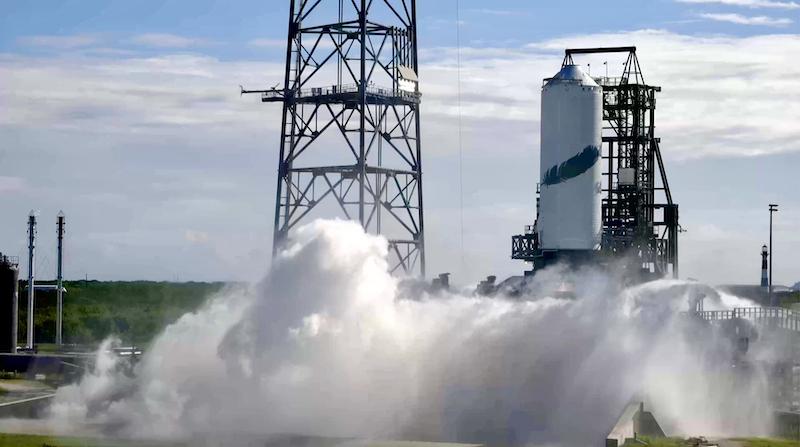
Blue Origin did not immediately disclose what thrust level the pair of BE-3U engines powering the New Glenn upper stage achieved during the hot fire.
Credit: Blue Origin
Blue Origin on Sept. 23 conducted a 15-sec. hot fire of the liquid hydrogen and liquid oxygen-fueled upper stage for its first New Glenn rocket, in what the company called a critical milestone on the road to flight. The static test fire at Space Launch Complex 36 at Cape Canaveral SFS marked Blue...
Subscription Required
Blue Origin Test Fires New Glenn Upper Stage is published in Aerospace Daily & Defense Report, an Aviation Week Intelligence Network (AWIN) Market Briefing and is included with your AWIN membership.
Already a member of AWIN or subscribe to Aerospace Daily & Defense Report through your company? Login with your existing email and password.
Not a member? Learn how you can access the market intelligence and data you need to stay abreast of what's happening in the aerospace and defense community.





